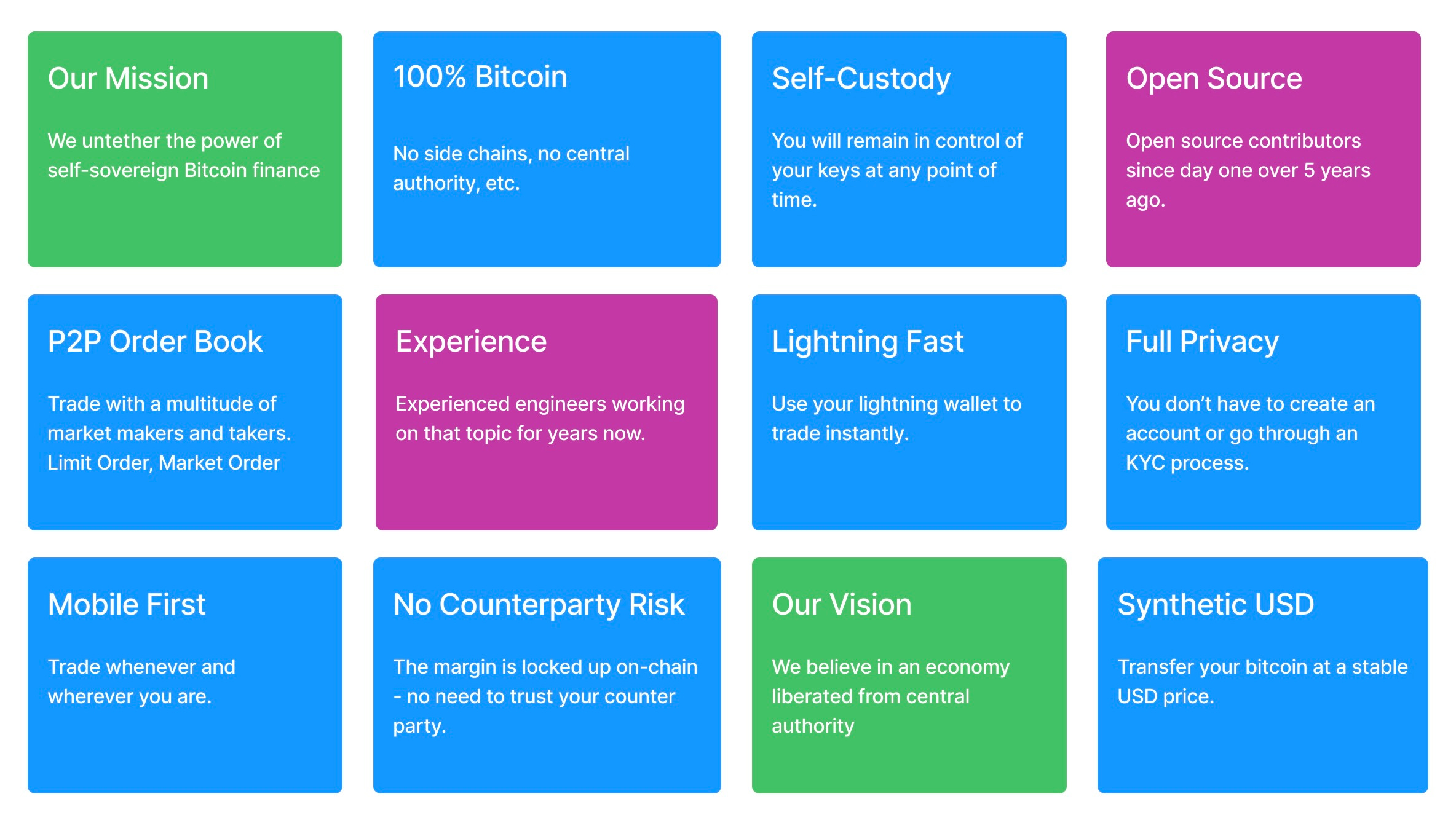This is the third and last part of the series on how to bring DLCs to Lightning. Check out the first two blog posts if you haven't already.
- Part 1: A quick overview of Lightning, Adaptor Signatures and DLCs.
- Part 2: Discusses an approach of expanding the commitment transaction with a custom output.

In part 3, we are going to show you how 10101 is utilizing virtual channels to bring DLCs to Lightning.









